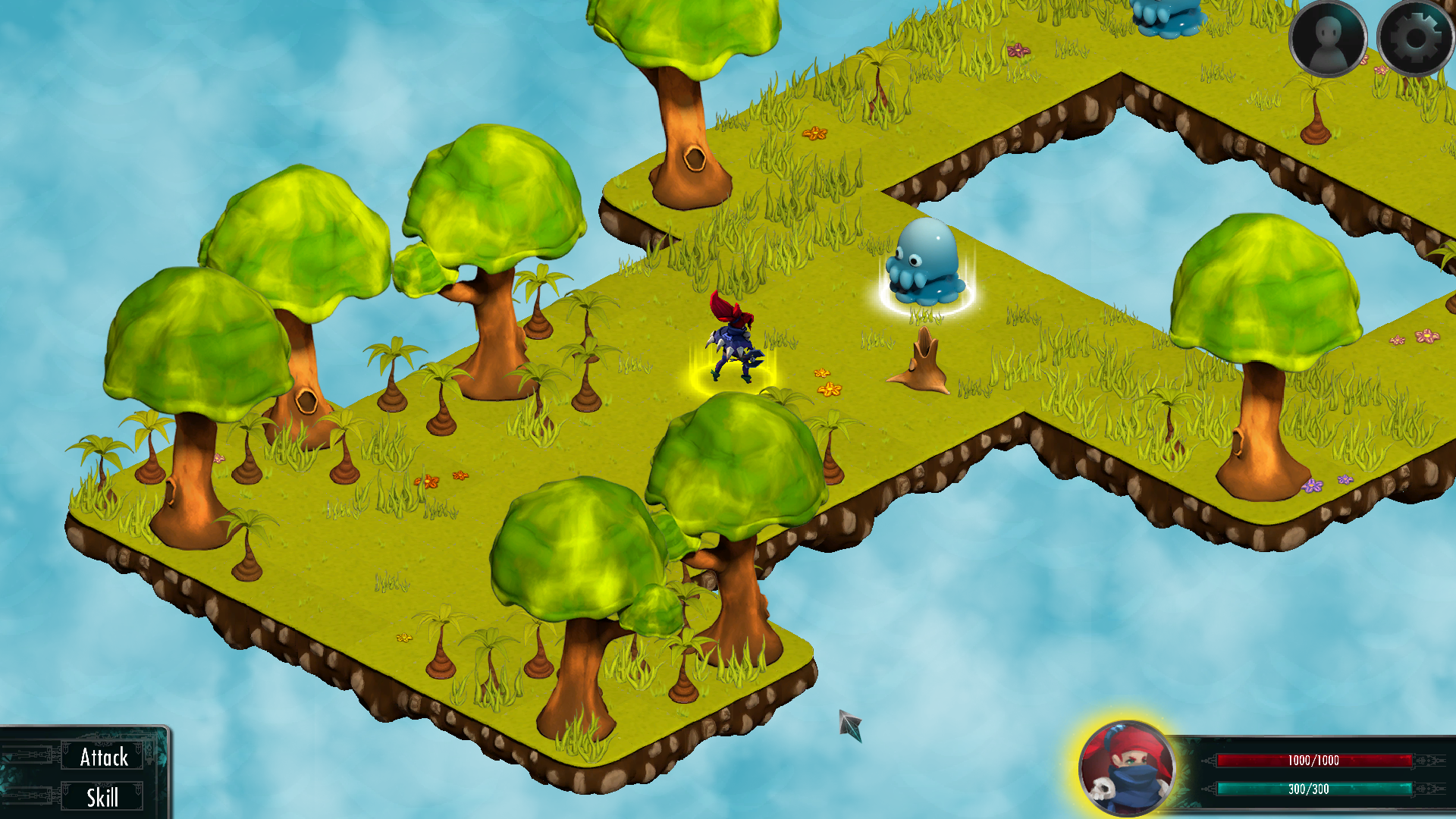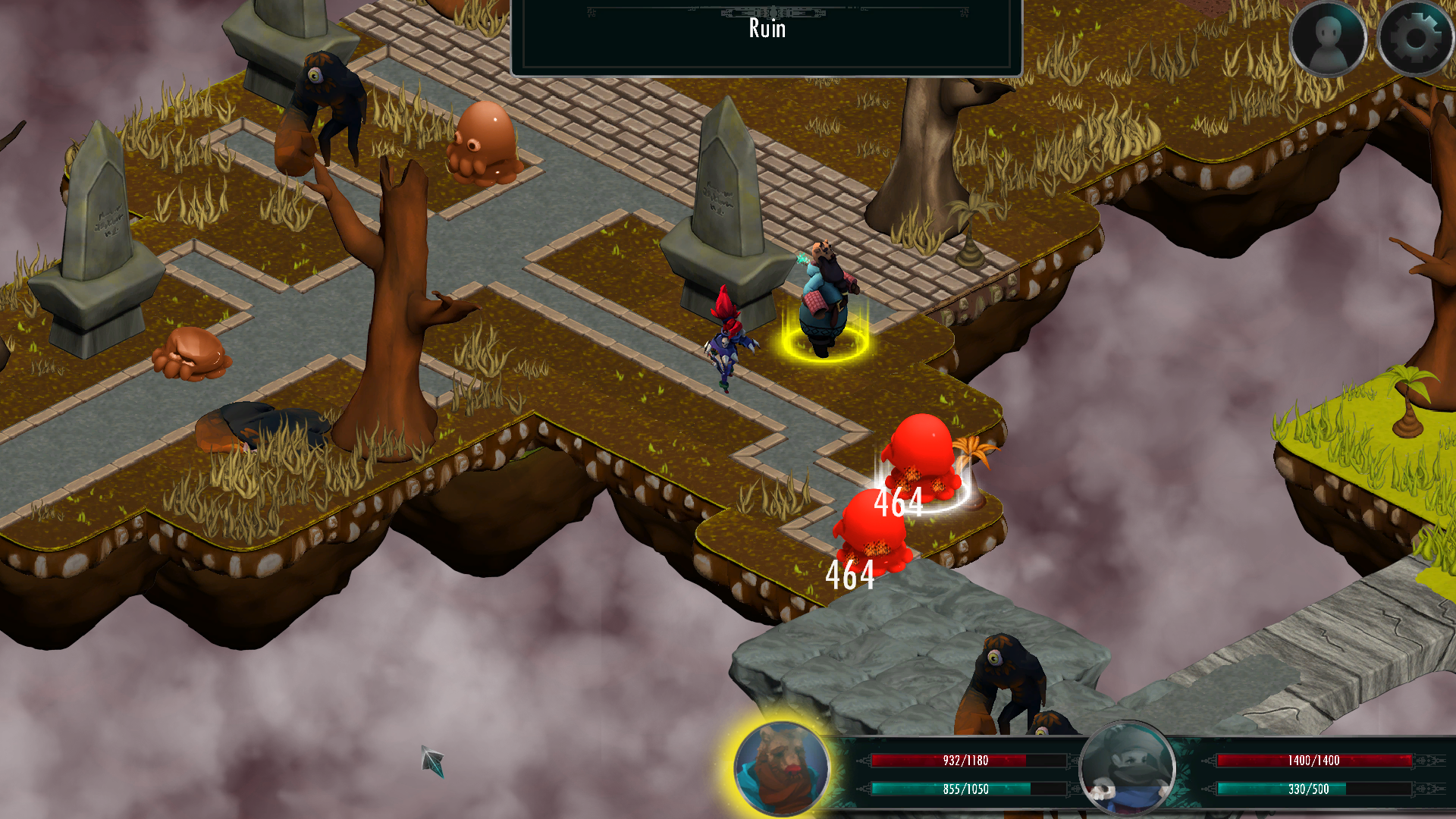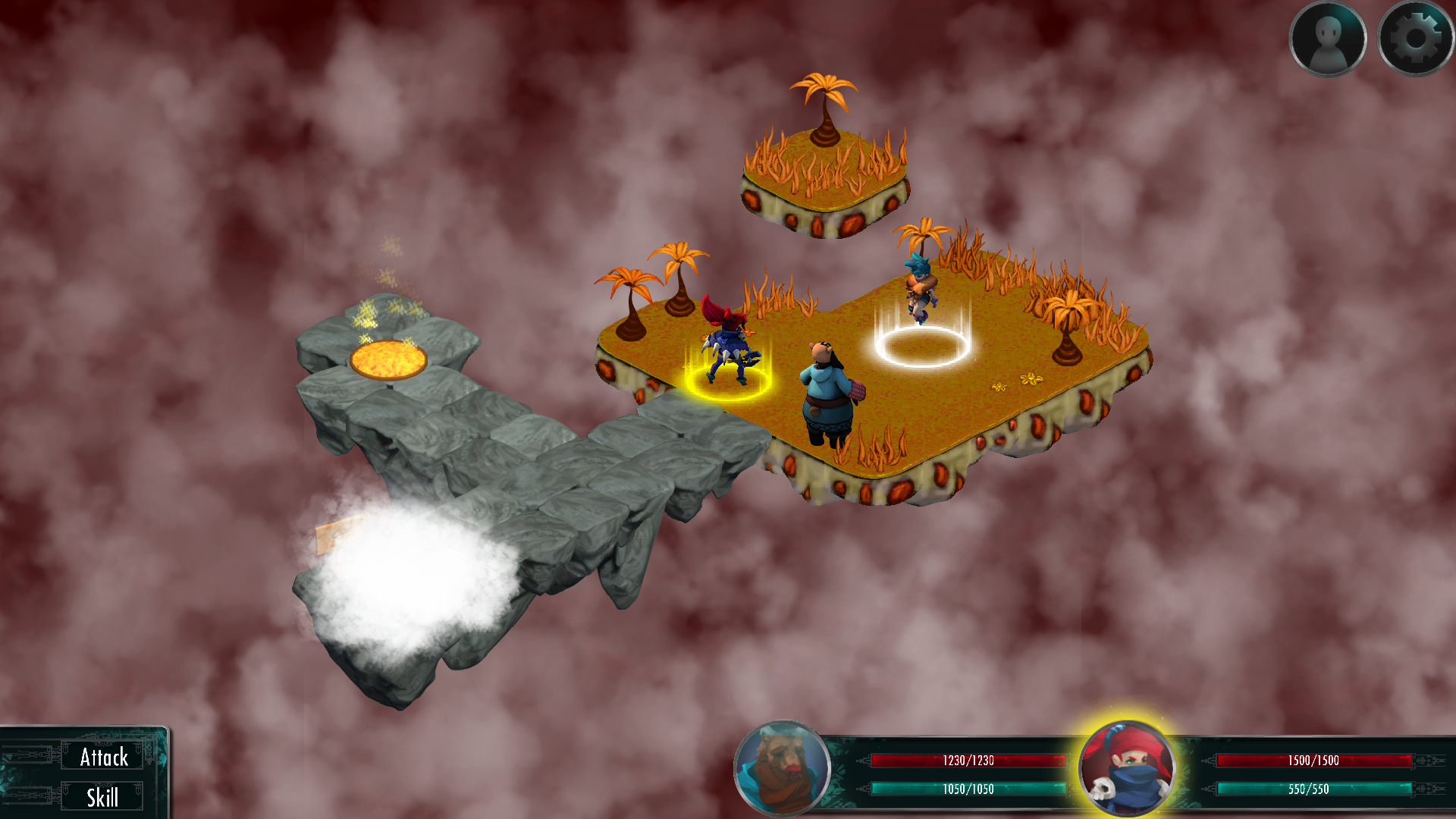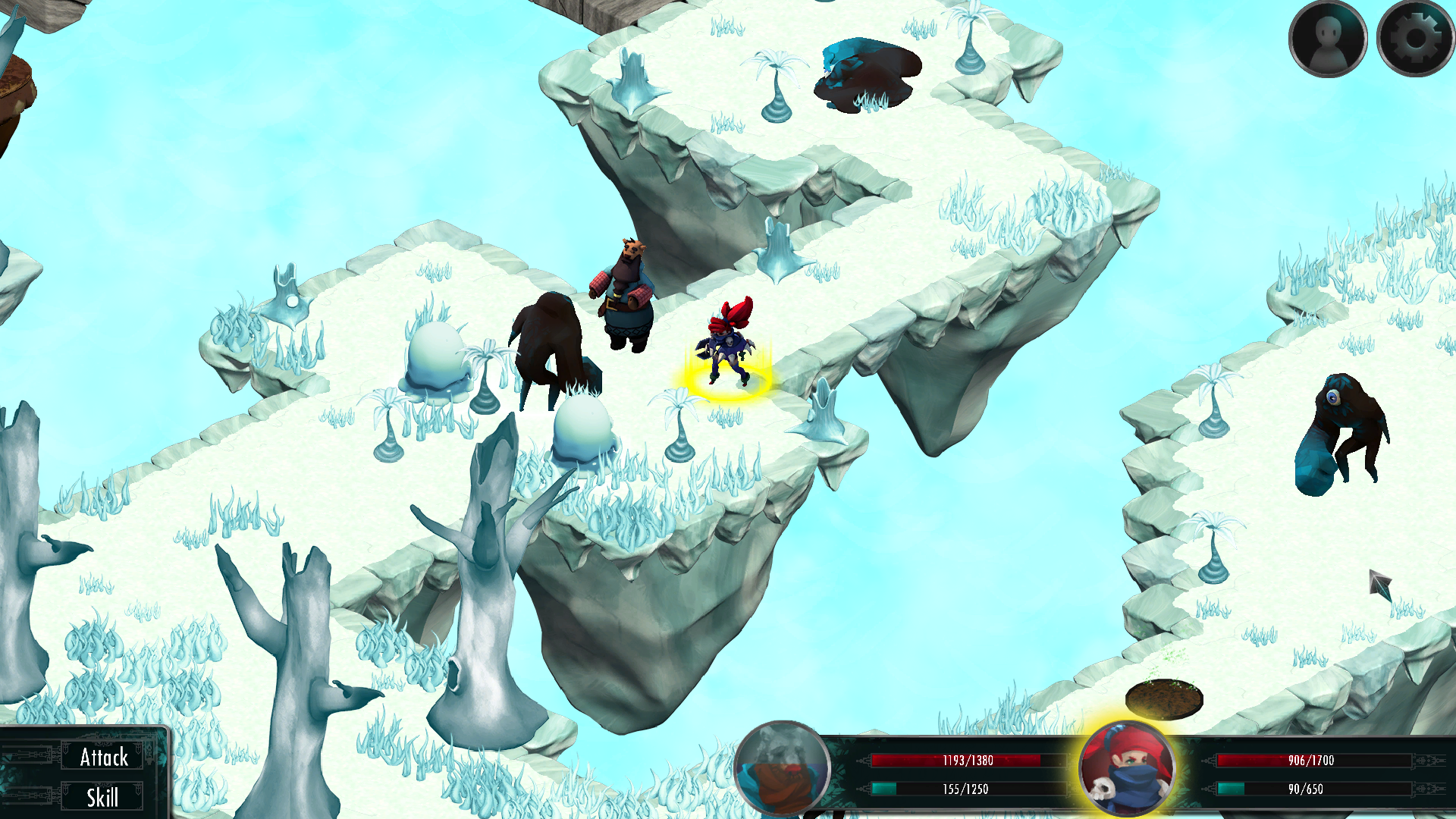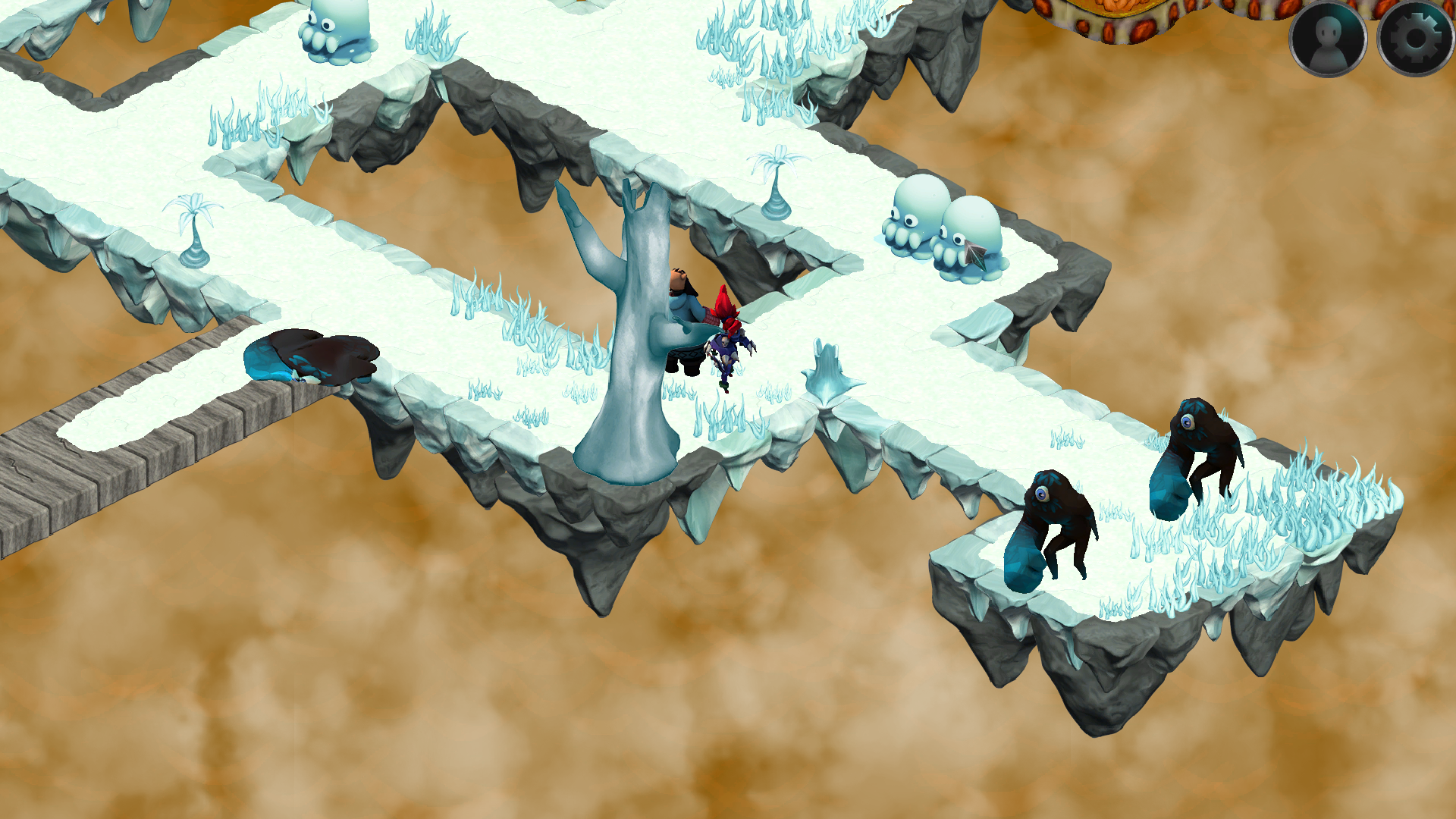Ursa Minor
Summary
Ursa Minor is our tribute to classical JRPG games, with gameplay inspired by Final Fantasy 9. The gameplay consists of the player playing as the adventurer Minnie and her best friend Ursa. Together, they make a team that can take down enemies using attacks and abilities in a turn-based combat system. When killing enemies they gain experience points which in turn unlocks new abilities and evolves the combat.
Specifications
- Created in 7 weeks half-time
- Created using the in-house engine TGA2d
- Levels designed using Tiled Map Editor
- Gameplay scripting made in JSON with custom tools.
My contributions
- Level design
- Game design
- Scripting
- Designed and created levels 2, 3 and the mid boss arena
- Implemented player, enemy and boss spells
- Gameplay and progression balancing
- Story design
The team
Level Designers:
- Andreas Yngvesson
- Julia Holmlund
Artists:
- Anniken Arfvidsson
- Océane Näsström
- Susanne Sühl
Programmers:
- Alexander Håkansson
- Alex Pettersson
- Anthony Eriksson
- Kyle Thorburn
- Marcus Malmqvist
- Robin Jacobsen
- Tobias Erlandsson
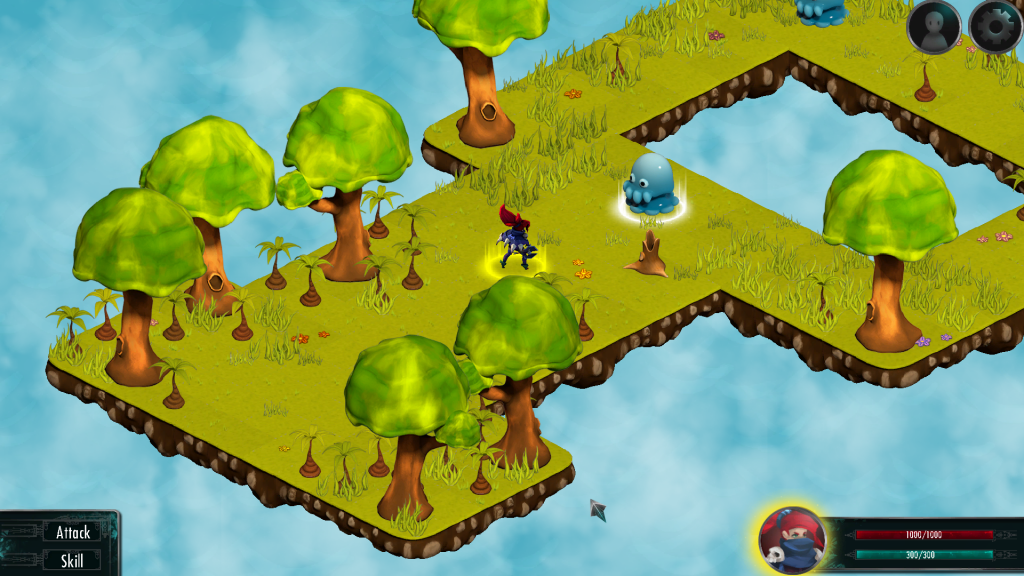
About the project
This game was the product of our team collectively feeling very passionate about an idea. We made a conscious choice to go for this idea even though we felt that it might be an overscope, simply because we could feel the drive in the group and knew that we all wanted this game to come true. We all worked together and helped each other out along the way to make this game a reality. That kind of motivation and dedication is what makes this project so unique and awesome to me.
This is also one of the projects where I felt like I evolved as a designer the most, because I got to produce a lot of content very fast. Since I took the main responsibility of implementing and balancing the gameplay content for this project, I feel like my sense of what good gameplay means grew a lot during this time. Looking back, we've gotten some great feedback that we would really like to implement into the final product, but I also feel proud of what we managed during the timeframe we had.
Gameplay and balancing
With our reference games being the classic jrpg games, it was important that the player spells felt interesting and rewarding to use, but also that the gameplay could be easily grasped. Our solution to this was to gradually introduce the more complex spells towards the endgame. We also went for an approach that the earlier spells should be very familiar, and that the spells later on would seem like upgrades of them. Alongside these traditional spells, were more complex ones that the player could experiment with.
My teammate Andreas and I designed the level system, gameplay and spells together, and I took responsibility for implementation and balancing. When building the power curve of the game, I started off with a basic mathematical formula for how the game would be balanced, based on rough assumptions like how many turns it should take for the player to defeat an enemy and vice versa. This was used when implementing the basic values for health and the basic attacks, and then modified based off playtesting. For the more complex spells this became a little more difficult but I used roughly the same strategy. We also reasoned that it was okay for some skills to be a little bit OP, since when we discussed it we realised we all enjoyed the feeling of kicking enemy butt sometimes. 🙂
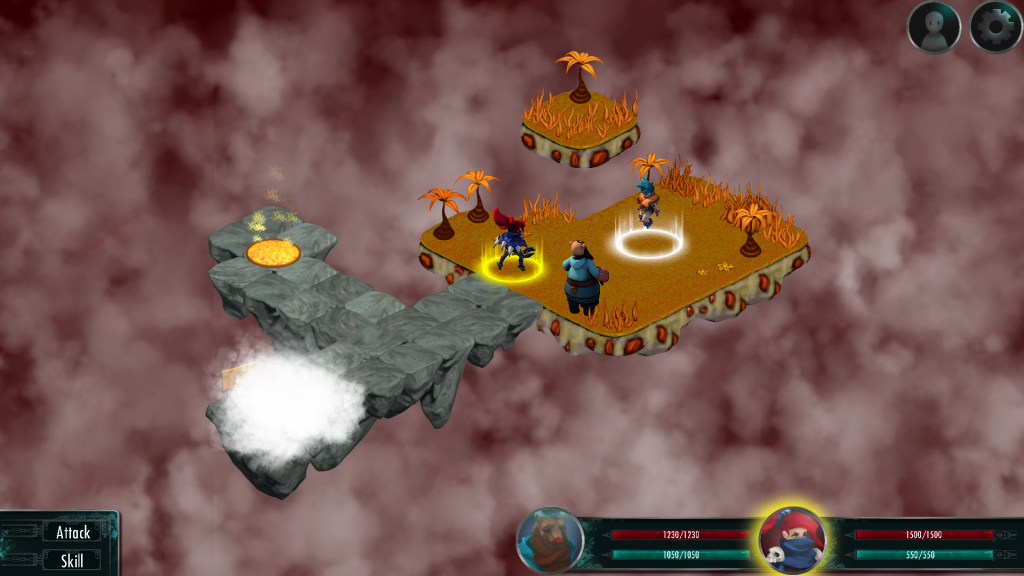
The two heroines face off against the antagonist for the first time in a mini-boss battle
Mistakes and successes
One problem we had was that the amount of spells we supported were a little bit overwhelming to the player. Most players didn't have the time to understand the new spells they gained during our game. If I would work more on this game I would definitely streamline the spells and make them easier to understand, as well as giving the player more opportunities to test them out and play around to find their own playstyle.
One thing I really loved about our end result was the fact that most players I talked to found their own version of a "strong strategy" - but those strategies were very different from one another! It was extremely fun to see that the hard work that we put into trying to make a diverse game actually paid off. It was also very rewarding to find that the difficulty curve varied from player to player based on how much they grinded in the game, in a very similar way to what we wanted. When designing the system I counted the enemies on each map to calculate the amount of XP given out by each enemy. The result I wanted was that for players who avoided a lot of enemies, the game would be more difficult but not impossible, while players who cleared the map would find themselves very powerful. And that is basically what happened, which I was very happy about!
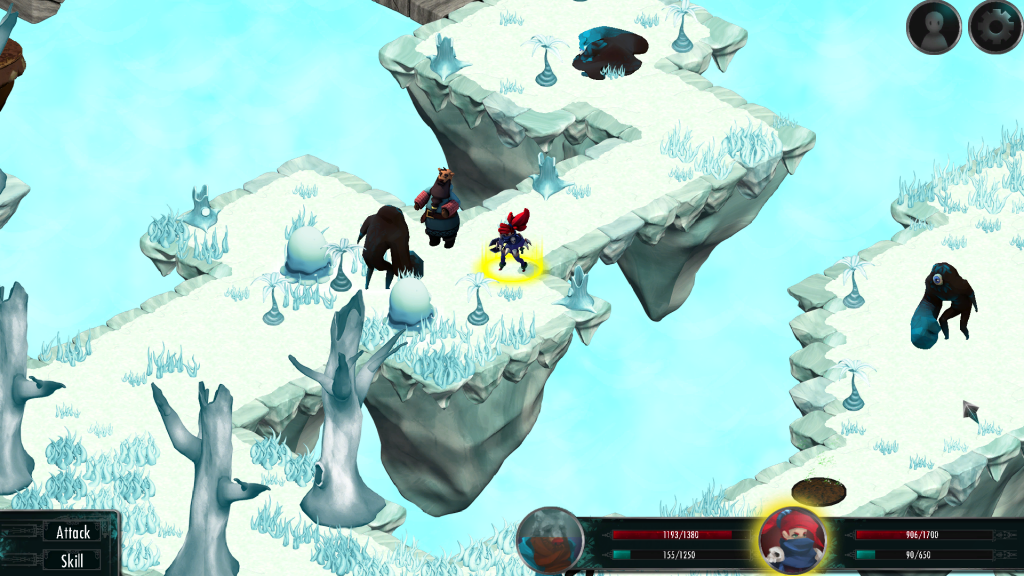
Conclusion
This game was extremely rewarding to work on and I am so proud of our final result! Even though there is definitely tweaks that could be done to improve the gameplay even further, I feel like we did an amazing job for the timeframe and our experience level. The reception that the game got was very positive and it ended up being voted the second best TBS game from our year which I am very proud of! I am also thankful to have been part of such an awesome and dedicated team!

